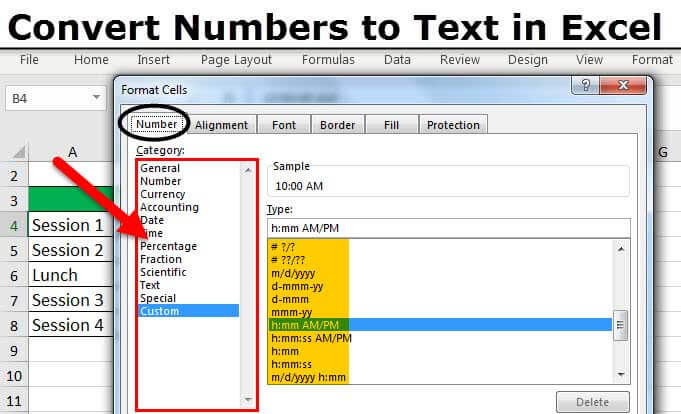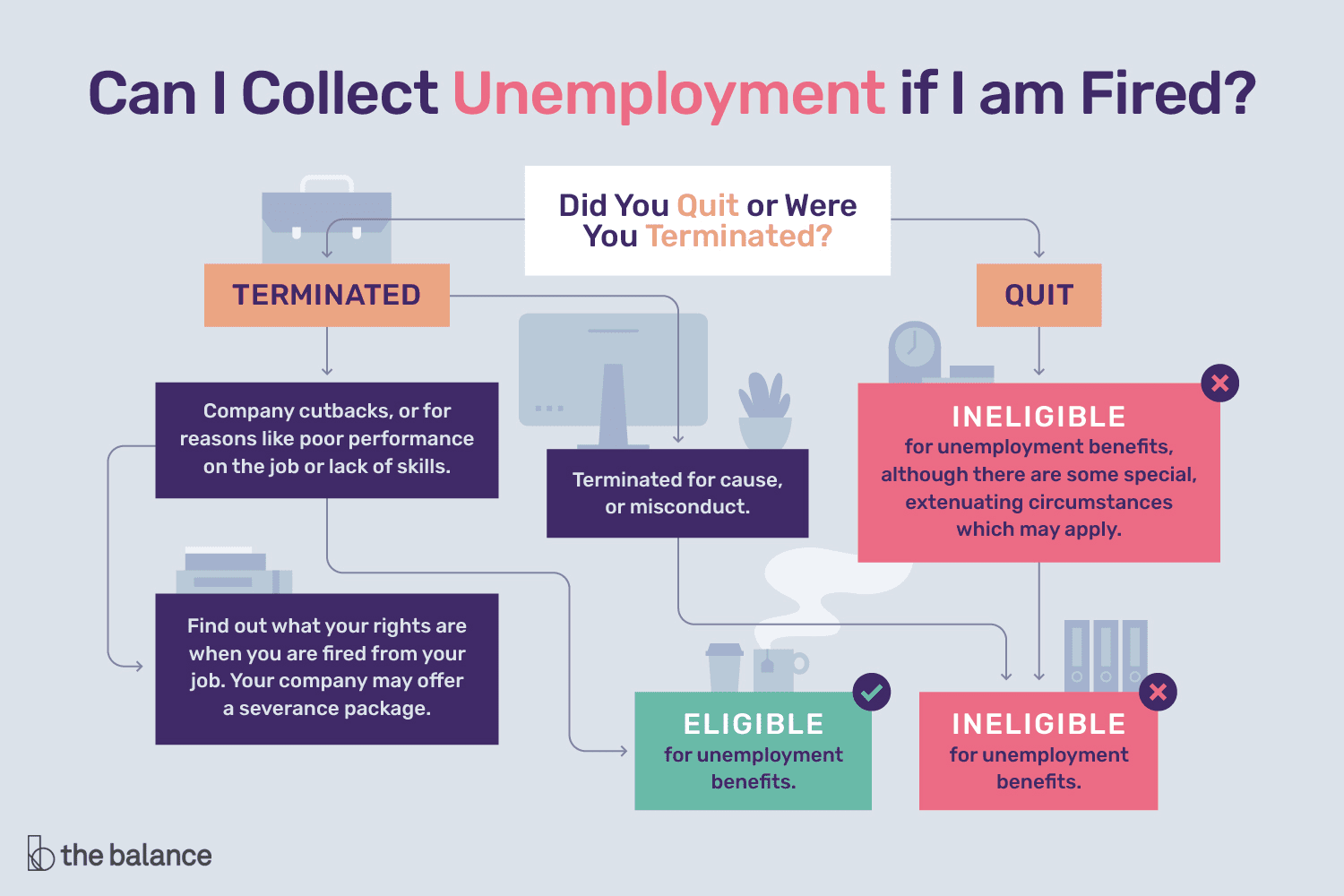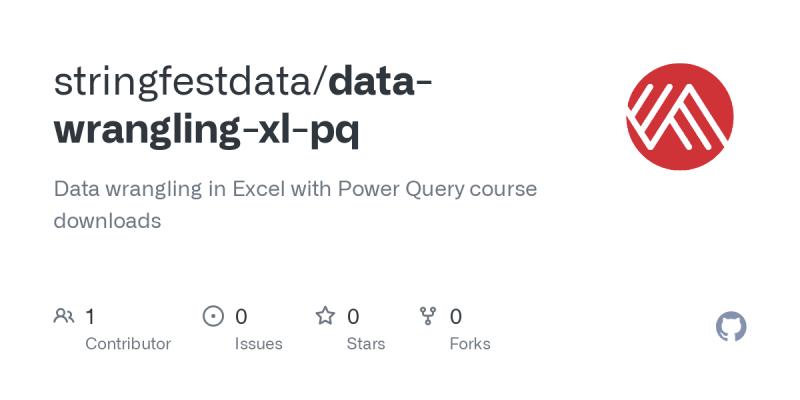5 Tips: Google Sheets Import Range
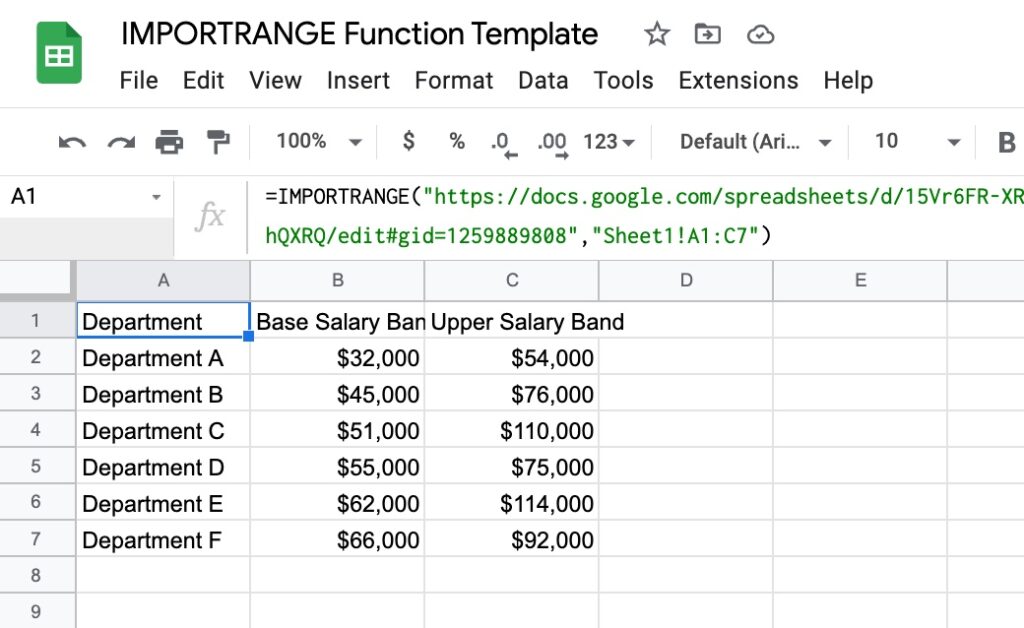
Google Sheets is a powerful tool that has revolutionized data management and analysis for businesses and individuals alike. One of its most remarkable features is the ImportRange function, which allows users to seamlessly fetch data from external Google Sheets and integrate it into their own spreadsheets. This function has proven to be a game-changer, enabling efficient data sharing, collaboration, and automation across various domains.
In this comprehensive guide, we will delve into the world of ImportRange, exploring its potential, applications, and best practices. By the end of this article, you will possess the knowledge and skills to harness the full power of ImportRange, transforming your data management processes and enhancing your productivity.
Understanding ImportRange: The Ultimate Data Fetcher

The ImportRange function in Google Sheets is a dynamic tool that enables users to retrieve data from one Google Sheet to another, regardless of their location or ownership. This feature eliminates the need for manual data entry or tedious copy-pasting, streamlining the process of working with external datasets.
ImportRange operates by using a specific formula that establishes a connection between the source sheet and the target sheet. This formula not only retrieves data but also keeps it updated, ensuring that any changes made to the source sheet are automatically reflected in the target sheet. This real-time synchronization is a game-changer for businesses and individuals alike, facilitating seamless data integration and collaboration.
5 Expert Tips for Maximizing ImportRange’s Potential
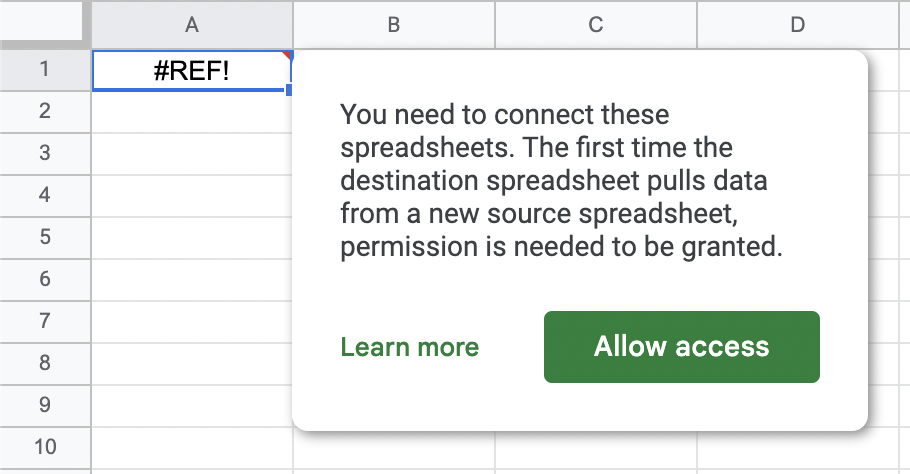
Now that we have a fundamental understanding of ImportRange, let’s explore five expert tips to unlock its full potential and optimize your data management processes.
1. Master the ImportRange Formula
The foundation of effective ImportRange usage lies in mastering its formula. The formula follows a specific structure, which includes the following components:
- Source Sheet URL: This is the URL of the Google Sheet from which you want to import data.
- Range of Cells: Specify the range of cells in the source sheet that you wish to import. You can use absolute references (e.g., A1:C5) or named ranges for easier management.
- Sheet Name: Provide the name of the sheet within the source spreadsheet from which you want to import data.
- API Key (Optional): In some cases, you may need to provide an API key to access the source sheet. This is typically required when the sheet is owned by a different organization or when it has restricted access.
By understanding and manipulating these components, you can customize the ImportRange formula to suit your specific data retrieval needs.
2. Leverage Named Ranges for Simplicity
Named ranges are a powerful feature in Google Sheets that allow you to assign a meaningful name to a cell or a range of cells. By using named ranges, you can simplify the ImportRange formula and make it more readable and maintainable.
For instance, instead of using an absolute reference like A1:C5, you can create a named range called DataRange and use it in the ImportRange formula. This way, the formula becomes more intuitive and easier to understand, especially when working with complex datasets.
3. Automate Data Updates with Alerts
One of the most significant advantages of ImportRange is its ability to keep data updated in real-time. However, it’s essential to ensure that you and your team are aware of these updates. To achieve this, you can set up alerts or notifications whenever there is a change in the imported data.
Google Sheets provides various methods for creating alerts, including email notifications and mobile app notifications. By setting up these alerts, you can stay informed about data changes and take prompt action if needed.
4. Combine ImportRange with Other Functions
ImportRange is a versatile function that can be combined with other Google Sheets functions to create powerful data manipulation workflows. For example, you can use ImportRange to fetch data from multiple sources and then utilize functions like SUM, AVERAGE, or VLOOKUP to perform calculations or lookups on the imported data.
By combining ImportRange with other functions, you can create sophisticated data analysis and reporting systems, streamlining your data management processes and enhancing your productivity.
5. Secure Your Data with Access Controls
When working with external data sources, it’s crucial to ensure that your data remains secure and accessible only to authorized individuals. Google Sheets provides robust access controls that allow you to restrict access to specific sheets or even individual cells.
By leveraging these access controls, you can ensure that your data remains protected while still enabling collaboration and data sharing with trusted partners or team members. This balance between security and collaboration is essential for maintaining data integrity and confidentiality.
Real-World Applications: ImportRange in Action
The ImportRange function finds applications in various industries and use cases, showcasing its versatility and power. Let’s explore a few real-world scenarios where ImportRange has been instrumental in streamlining data management processes.
1. Centralized Sales Reporting
In a sales organization, keeping track of sales data from multiple regions or teams can be a challenging task. ImportRange comes to the rescue by allowing the central sales team to import data from individual sales teams’ sheets into a master report. This centralized reporting system ensures that the sales leadership has access to real-time, consolidated data, enabling them to make informed decisions and track performance effectively.
2. Collaborative Project Management
Project managers often juggle multiple projects and teams, making it crucial to have a unified view of project progress and resource allocation. ImportRange enables project managers to fetch data from individual team members’ sheets, consolidating it into a single, comprehensive project management sheet. This real-time data integration facilitates better collaboration, resource optimization, and project tracking.
3. Automated Financial Analysis
Financial analysts and accountants can leverage ImportRange to automate their financial reporting and analysis processes. By importing data from various sources, such as bank statements, expense reports, and revenue streams, they can create dynamic financial models and perform in-depth analysis. ImportRange’s real-time updates ensure that financial data remains accurate and up-to-date, enabling more efficient decision-making and strategic planning.
Conclusion: Unlocking Data Potential with ImportRange
The ImportRange function in Google Sheets is a powerful tool that revolutionizes data management and collaboration. By mastering its usage and best practices, you can unlock a world of possibilities, from centralized reporting to automated analysis.
As we've explored in this article, ImportRange's applications are vast and diverse, making it an essential skill for anyone working with data. Whether you're a business analyst, a project manager, or a financial professional, ImportRange can streamline your data processes, enhance productivity, and enable more informed decision-making.
So, embrace the power of ImportRange, and unlock the full potential of your data management practices today!
How do I share a Google Sheet with someone else for ImportRange access?
+To share a Google Sheet with someone else for ImportRange access, follow these steps: 1. Open the Google Sheet you want to share. 2. Click on the “Share” button in the top right corner. 3. Enter the email address of the person you want to share with and select their access level (e.g., “Can edit” or “Can comment”). 4. Click “Send” to share the sheet. The recipient will receive an email with a link to access the sheet. Once they have access, you can use their sheet URL in your ImportRange formula to fetch data.
Can I import data from multiple sheets into a single sheet using ImportRange?
+Yes, you can import data from multiple sheets into a single sheet using ImportRange. You can achieve this by using array formulas or by combining multiple ImportRange formulas. For example, you can use the ARRAYFORMULA function to import data from multiple sheets into a single range of cells in your target sheet. Alternatively, you can use separate ImportRange formulas for each source sheet and then combine the imported data using functions like TRANSPOSE or CONCATENATE.
How often does ImportRange update the imported data?
+ImportRange updates the imported data in real-time whenever there is a change in the source sheet. This means that as soon as a cell or range of cells is updated in the source sheet, the corresponding data in the target sheet is automatically updated. This real-time synchronization ensures that you always have access to the most current and accurate data.

